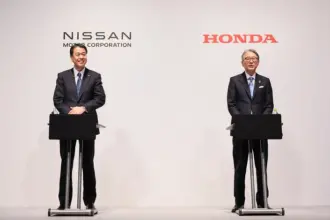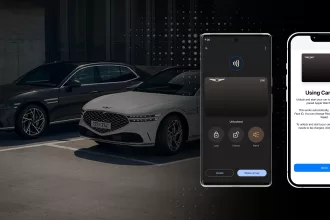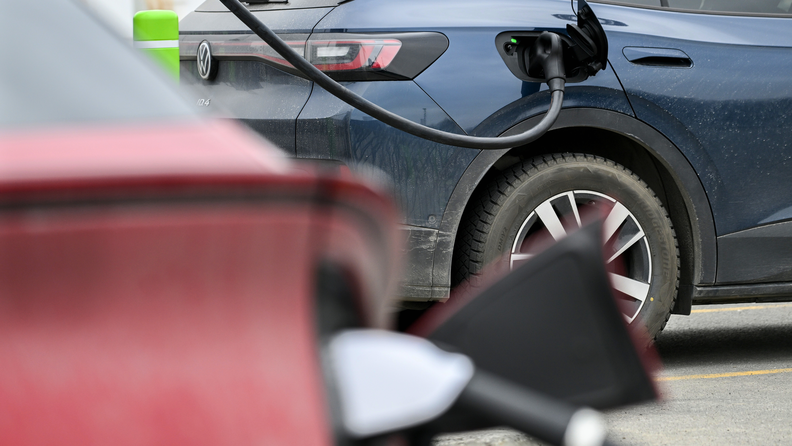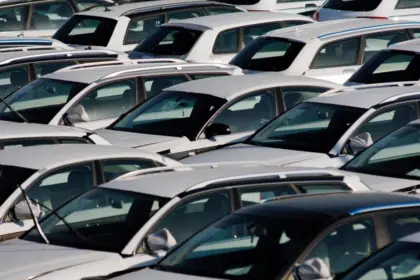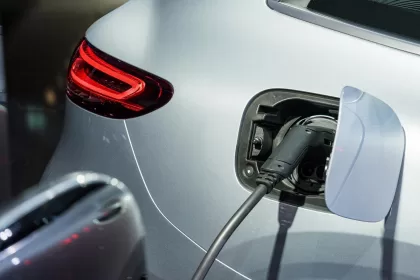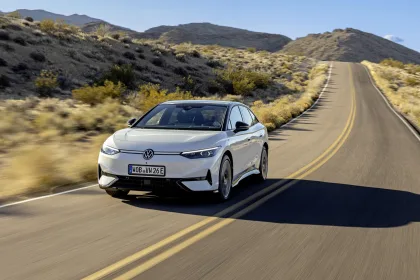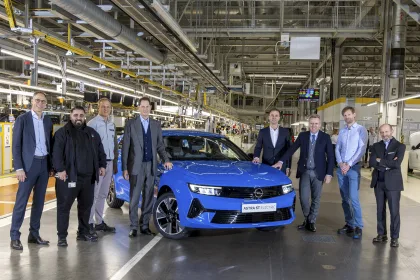A new European Automobile Manufacturers’ Association (ACEA) report reveals an alarming gap between the current availability of public charging points for electric cars in the EU and what will be needed in reality to meet CO2-reduction targets.
EU electric car sales grew three times faster than charging point installation between 2017 and 2023, ACEA’s report shows. Looking ahead, the EU needs eight times more charging points annually by 2030, according to industry estimations.
“We need mass-market adoption of electric cars in all EU countries to achieve Europe’s ambitious CO2-reduction targets. This will not happen without widespread availability of public charging infrastructure right across the region,” stated ACEA’s Director General, Sigrid de Vries.
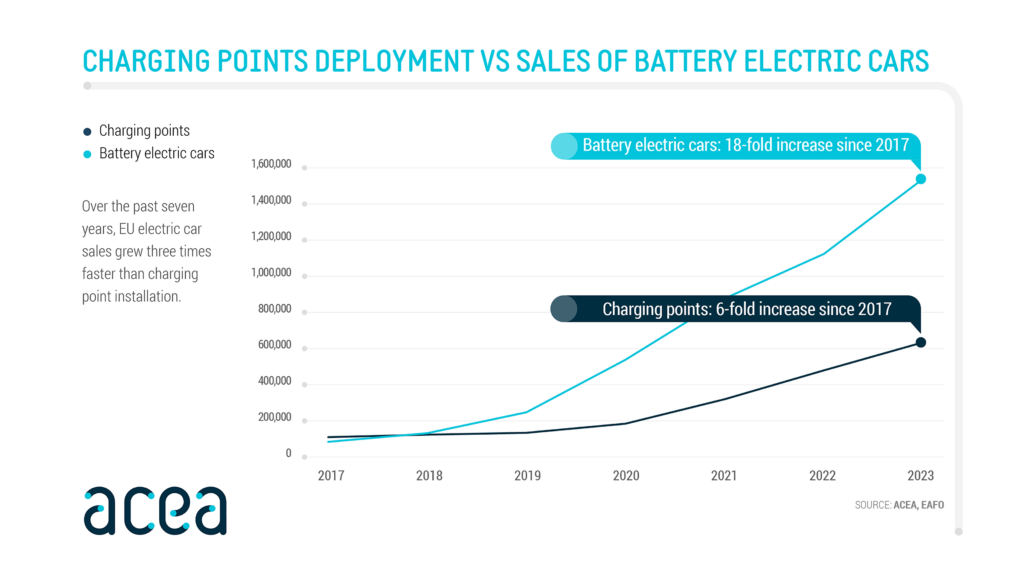
“We are very concerned that infrastructure rollout has not kept pace with battery-electric car sales in recent years. What is more, this ‘infrastructure gap’ risks widening in the future – to a much greater extent than European Commission estimates.”
Just over 150,000 public charging points were installed last year across the EU (less than 3,000 per week on average), reaching a total of over 630,000.
According to the European Commission, 3.5 million charging points should be installed by 2030. Reaching this target would mean installing around 410,000 public charging points per year (or nearly 8,000 per week) – almost three times the latest annual installation rate.
However, ACEA estimates that 8.8 million charging points will be needed by 2030. Reaching this would require 1.2 million chargers to be installed per year (or over 22,000 per week) – eight times the latest annual installation rate.
“Easy access to public charging points is not ‘nice to have’, but an essential condition to decarbonise road transport, in addition to market support and a competitive manufacturing framework in Europe. Investments in public charging infrastructure must be urgently ramped up if we are to close the infrastructure gap and meet climate targets,” cautioned de Vries.

